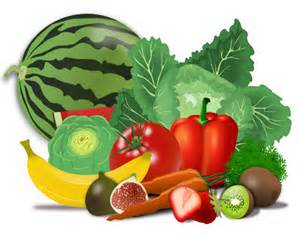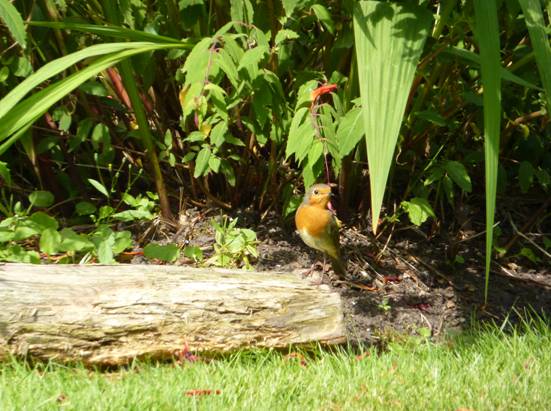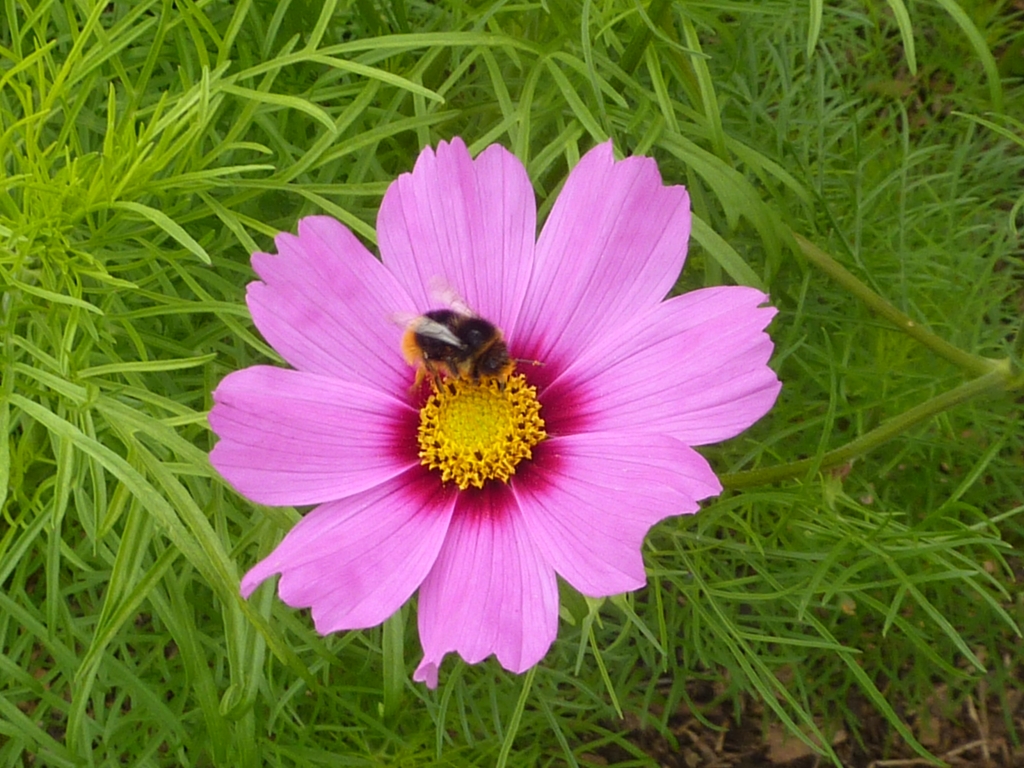
Salty Sam’s Fun Blog for Children
Number 80
A vegetable Patch
Hello Everyone

Last week, l was telling you about how Bill and Bob started learning about how to sow seeds to grow crops in the kitchen.
Bill and Bob liked growing things so much they then asked their parents if they could have a part of the garden at home to have a vegetable patch of their own.
lf they started growing things in soil, there would be so many more things that they could grow.
Bill and Bob’s dad made them a raised bed out of old planks of wood. lt is a small rectangle full of lovely, new compost which should give the vegetable seeds a good chance to grow well.
ln this small patch of ground, they decided to grow radishes, carrots, onions and cut-and-come-again lettuce. This is the kind of lettuce where you just take a few leaves at a time for your salad and there will be more fresh leaves to take the next day. You can get lots of different shaped leaves in lots of different colours!
A variety called ‘salad bowl’ comes in red or green and you can get 3-4 crops from one plant.
They also wanted to grow some herbs; they chose parsley, sage and chives.
lt is a good idea to grow onions, carrots and sage together because they protect each other from little bugs that want to eat your veggies before you do!
They also grew some marigolds around their vegetable plot because they are good flowers to grow with vegetables; they help to keep greenfly off lettuces.
ln order to grow vegetables successfully you need to follow the instructions carefully on the seed packet. However, seeds will not be happy being put into cold earth, so always make a judgement yourself according to the weather you are having in your garden at the time. Spring weather can vary from year to year.
lnstead of sowing your seeds all at the same time, it is a good idea to sow part of the packet at a time. Maybe every weekend for three or four weeks; then your crop will be staggered. That means it won’t all be ready to eat at the same time.
You can start your seeds off by growing them indoors or in a greenhouse or cold frame (mini greenhouse). lf you sew them in plugs (that means each plant in a separate compartment in a seed tray), then you won’t have to disturb their roots when you plant them out into the vegetable patch and you won’t have to thin out your crop and waste any seedlings.
Plant your plugs a distance apart giving enough room for each plant to spread – for example a lettuce will need more room than a carrot.
lt is also a good idea to use cloches to protect your seeds. Cloches are like tiny greenhouses covering individual plants. You can even make your own by using the cut off tops of fizzy drinks bottles or clear plastic boxes. They protect your plants from the cold and also naughty birds who want to pull them up! You can leave the tops off the bottles, if you want some ventilation (air getting in), and the clear boxes you get fruit in often have holes in the bottom already.
The easiest vegetables to grow are broad beans because they do well in most types of soil and weather but they don’t like soil that has really bad drainage – that means that when it gets wet the water doesn’t drain away easily. They do like to have something to lean on as well like string tied around canes to form little fences around them.
When you use canes for staking plants in the garden, you should always cover the tops with yoghurt pots or film canisters filled with scrunched up paper or something similar to protect your eyes when you bend over – canes are not always easy to see!
Now the garden is in full florish and there are things to eat all the time. ln fact, Bill and Bob’s growing exploits went so well that next year they have decided to plant a gooseberry bush and some strawberry plants as well.
They also thought that they might grow some white radishes and purple carrots just to be different!
l think their parents are worried that before they are finished they might just be taking over the whole garden!
Bye bye everyone – don’t forget to subscribe to my blog!
Love and kisses
Salty Sam

www.christina-sinclair.com

Bill and Bob’s Joke of the Week![]()
![]()
Bob: Bill, have you seen the gardening book that l borrowed from the library anywhere?
Bill: l don’t know. What’s it called?
Bob: lt’s called Vegetable Gardening by Rosa Cabbages.

Salty Sam © Christina Sinclair 2015
Unauthorized use and/or duplication of material from this blog without express and written permission from this blog’s author and owner is strictly prohibited.
Links may be used to www.christina-sinclair.com

Picture Gallery

Radishes
 Gooseberries
Gooseberries
 Plants grown in plugs
Plants grown in plugs
 A cold frame
A cold frame

Some plants are planted as ‘green manure’ like this white clover – the plants are dug into the ground after they have grown to enrich the soil – and in the meantime the bees love visiting the flowers
 Nets can be put over vegetables to keep pests away – these cabbages are being protected from cabbage white butterflies
Nets can be put over vegetables to keep pests away – these cabbages are being protected from cabbage white butterflies

Robins love gardeners turning over the soil because it helps them find things to eat

 THE SALTY SAM NEWS DESK
THE SALTY SAM NEWS DESK

My Auntie Alice often makes this salad. It is easy to make and a good way of using vegetables and herbs from the garden. You don’t have to weigh out any of the ingredients; you can just add them together as you prefer and then even pour a little French dressing over the top and add a little ground black pepper as well if you like.
It is lovely served with fresh, crusty, buttered bread and cheese!

Ingredients:-
Sliced cucumber
Sliced tomatoes
Finely chopped spring onions or chives
A sprinkle of chopped parsley
You can also add any of the following for a change (if you like these things):-
Green or red pepper (capsicum)
Cubes of any type of cheese
Basil
Olives


The biggest plants in Aunt Alice’s garden are the trees of course, and Emily has been practising her tree-climbing skills.
She is now as good as the boys.






If you plant flowers in your garden, they will attract the bees and other insects you will need to pollinate your crops

*********************
TO ADVERTISE ON THIS BLOG
PLEASE CONTACT:
christina.sinclair.ads@aol.co.uk
*********************


Quick Quiz
What do the following phrases mean?
- to know your onions
- like peas in a pod
- to be full of beans
- to hold a carrot
- it’s a hot potato
- salad days
- not to be as green as one is cabbage-looking

BLOW MY FOGHORN!!!

PLUS
Salty Sam fans can join in with their comments and share them with children all over the world. You will need to ask permission if you are not an adult.
Enter your e-mail address to subscribe to my blog and receive new Salty Sam Blog Posts for free by e-mail every week. Your address will be kept private and will not be shared with any third party.
Sign me up at the side bar



lt’s the Weekend!

HOW TO KNlT A CARROT
After you have opened a packet of seeds, it is very important to keep the seeds that you haven’t sown yet in an airtight tin like a biscuit tin or ice cream box. Very often gardeners don’t sow all the seeds from a packet at the same time. This is so that all the vegetables don’t ripen at the same time – otherwise you will have what is called a glut (too many fresh vegetables all at one time). It is much better to sow a third or quarter of your seeds every week for three or four weeks in the spring, for example, so that you have a longer harvest.
To sow your seeds in stages is called succession sowing.

The seeds left in an opened packet have to be kept very dry. You can make sure of this by adding a desiccant (a material that takes dampness out of the air) to your storage tin and putting a desiccant inside this carrot is a fun way to do it.
The crystals need to be put into a small muslin bag or the bottom part of a pair of old, washed tights or even just some fabric that has quite a loose weave (not too thick and dense). You can use packets of silica gel (sometimes found in a box or new shoes) or borax or cat litter pellets but please get a grown-up to help you.
Make the carrot first so that you will know how big to make the pouch for your desiccant.

KNITTED CARROT (KNIT TWO)
Using 4mm knitting needles and orange dk yarn cast on 4 stitches
Knit 3 rows
Continue working in garter stitch (knitting every row) as follows:
Increase 1 stitch at the beginning of every third row until you have 12 stitches on your needle (27 rows)
Garter stitch for another 43 rows
Cast off
TIP
If you tie a small length of different coloured yarn into the side of your knitting before you begin the last 43 rows of knitting it will help you to know where you are as you count your rows (it will always be on your right side as you start an odd number row). Or you can use a plastic paper clip as a marker.

TO MAKE UP
- If you want to embroider a cheeky face on your carrot, do it on one side before you start to make it up using black or brown yarn.
- Sew up the sides of the carrot by using over-sew stitch leaving the top open and then turn right sides out. Don’t cut off your sewing yarn.
- Stuff the point of the carrot with a little toy stuffing.
- Push a slender pouch stuffed with desiccant in above that.
- Finish stuffing the carrot with a little more stuffing if you need to.
- Run the end of your sewing yarn along the tops of each piece of knitting and pull to gather the tops of the carrot in. This will create a very realistic round top for your carrot.
Sew a few loops of bright green yarn onto the top to finish off. You can do this by taking a length of green yarn about 1 metre long tying the two ends together and pushing the knot into the centre of the top of the carrot. Then just loop it over the top three times and anchor into the centre using the orange sewing up yarn. Push the rest of the unused orange yarn into the carrot. Pull the needle out of the side of the carrot and trim the excess yarn.

There you have it; a lovely present for a gardening relative or a fun thing for you to use in your own seed tin!
PLEASE NOTE THAT THIS CARROT IS NOT A TOY ONCE IT IS FILLED WITH CHEMICALS!




Please note that the material on this blog is for personal use and for use in classrooms only.
It is a copyright infringement and, therefore, illegal under international law to sell items made with these patterns.
Use of the toys and projects is at your own risk.
©Christina Sinclair Designs 2015

Quick Quiz Answers
- to know your onions –
- like peas in a pod –
- to be full of beans –
- to hold a carrot –
- it’s a hot potato –
- salad days –
- not to be as green as one is cabbage-looking –
- to have good knowledge about a subject
- to look alike – two (or more) things that look the same
- to be full of energy
- to tempt someone with a reward
- a problem or situation that is difficult to deal with and probably causes a lot of disagreement
- the time when you are young
- not to be as daft or easily-fooled as people might think



